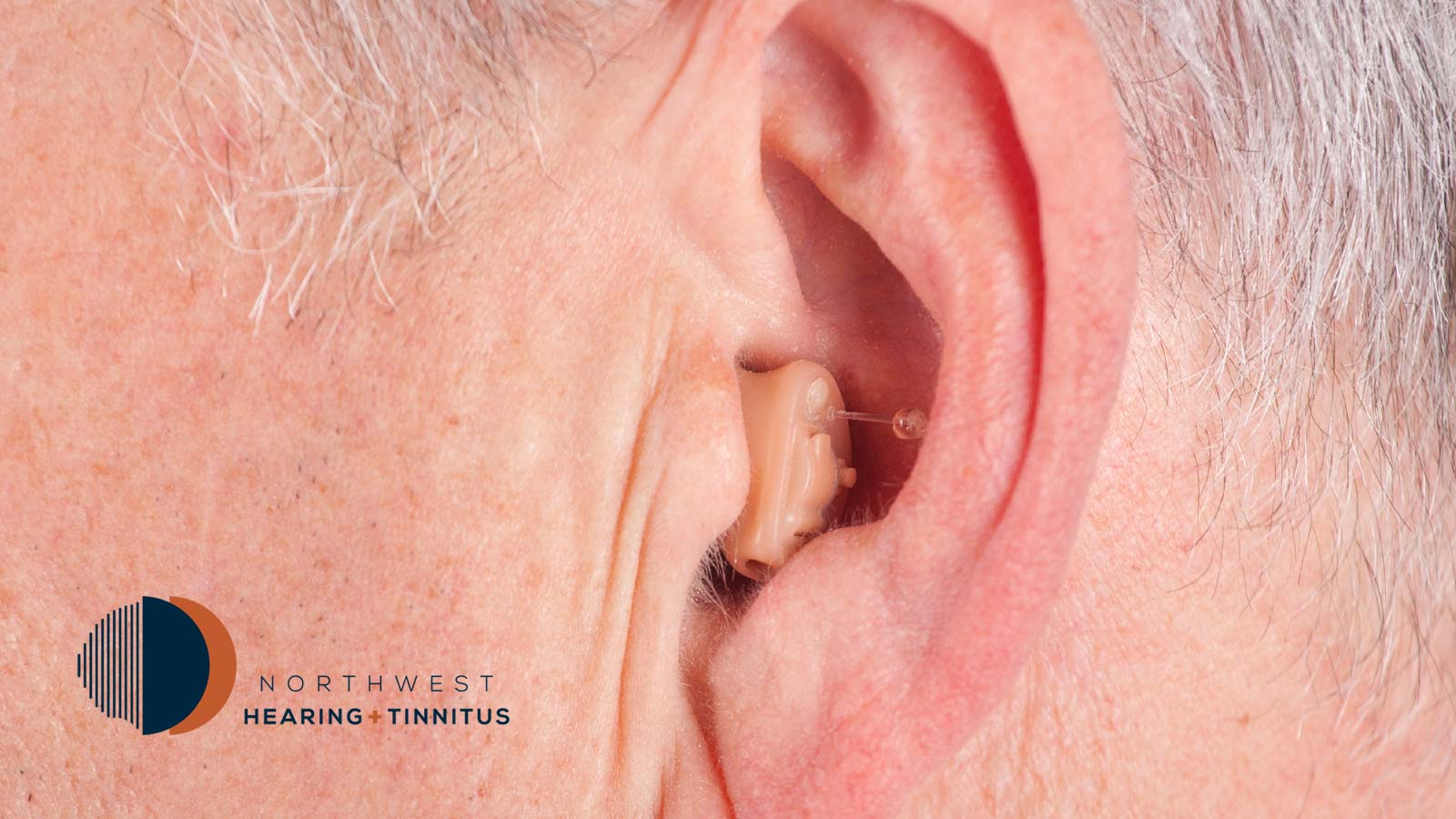IIC and CIC Hearing Aids: Discreet and Effective
The Hearing Loss Association of America estimates that 48 million Americans have hearing loss of some kind, and only about one in five of them wear hearing aids.
Hearing loss can significantly affect a person’s health and quality of life if not treated. Untreated hearing loss has been linked to depression, cognitive decline, and an increased risk of dementia, according to research.
Nevertheless, a lot of people are hesitant to get hearing loss treatment, usually due to their concerns about how conspicuous the hearing aids will look. Thankfully, there are several small, discreet, and simple-to-use hearing aids available for individuals with different levels of hearing loss. For example, invisible in-the-canal (IIC) and completely-in-the-canal (CIC) hearing aids.
Continue reading to find out more about CIC and IIC hearing aids, including their functions, potential users, and the best options to take into account based on advice from professionals, such as Northwest Hearing + Tinnitus in Seattle and Olympia WA.
Completely-in-the-Canal (CIC) Hearing Aids VS Invisible-in-the-Canal (IIC) Hearing Aids
The smallest and most discreet types of hearing aids available are Completely-in-the-Canal (CIC) and Invisible-in-the-Canal (IIC).
Custom-built devices, CIC and IIC hearing aids are the smallest and most discreet types of hearing aids made specifically to fit the ear canal of the wearer. Invisible-in-the-canal hearing aids are smaller and designed so they fit to the ear canals second bend for a deeper and less conspicuous fit. Completely-in-the-canal hearing aids, on the other hand, are molded to fit several millimeters in the aperture of the ear.
While both designs are significantly smaller and less conspicuous than traditional hearing aids, CIC hearing aids are slightly larger and more prominent than IIC hearing aids.

How do CIC and IIC Hearing Aids Work?
CIC and IIC designs consist of four primary parts in addition to the battery:
- A microphone that gathers ambient sound, transforms it into electrical impulses, and transmits those signals to an amplifier.
- An amplifier that boosts sound waves before sending them to the digital signal processor.
- A digital signal processor (DSP) that improves sound comfort and speech clarity.
- A receiver or speaker that receives sound from the DSP and delivers it to the ear canal.
A single plastic shell that slides into the ear canal contains all of these parts. There are four main technology levels for each form of hearing aid:
- Basic
- Entry
- Mid
- Advanced
Both CIC and IIC hearing aids, depending on the technology level, offer features for tinnitus symptoms, as well as volume control, a telecoil and background noise suppression. Due to their compact size, Completely-in-the-Canal and Invisible-in-the-Canal hearing aids may not include features found on other types of aids, notably Bluetooth streaming for music or phone calls or rechargeable batteries.
Who Would Benefit the Most from IIC and CIC Hearing Aids?
CIC and IIC hearing aids are best suited for those with mild to moderate hearing loss.
On the other hand, people whose ear canals are very small or have an unusual shape might not be the best candidates for CIC or IIC hearing aids.
Those who match these requirements and place a high value on looks may be suitable candidates for this kind of hearing aid. Satisfaction with hearing technology is a result of addressing the persons communication demands as well as their individual preferences.
How Much Do CIC and IIC Hearing Aids Cost?
The cost of a CIC or IIC hearing aid varies according to the wearer’s location and the clinic which supplies them. However, the key element influencing the device’s price is its level of technology.
In general, CIC and IIC styles cost the same, although they are more expensive than other types of hearing aids, such as Receiver-in-canal (RIC), Half-shell ITE, Full-shell ITE, and Behind-the-ear (BTE) models.
Call our professionals at Northwest Hearing + Tinnitus in Seattle and Olympia, WA today, if you would like to know more about your hearing aid options.
